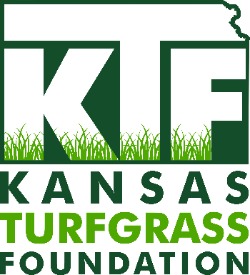Annual Bluegrass (Poa annua)

Annual bluegrass is a cool season annul that reproduces by seeds and creeping stems that root at nodes. Annual bluegrass forms fibrous roots, grows to 15 inches, and develops stems that are prostrate to erect. It may root at lower nodes. The stems and leaf sheaths are flattened and the sheaths are also overlapping. Leaves of annual bluegrass are apple green, 1/2 to 3/4 inch long, and 1/25 to 1/5 inch wide. They are flat, soft, and both the upper and lower surfaces are smooth. The tip is boat-shaped. Flowers of annual bluegrass are panicles, 1 to 3 1/2 inches long, open and pyramidal. Annual bluegrass can flower at putting green heights.
Occurrence
Annual bluegrass occurs on wet, compacted soils, and in cool temperatures. It responds to intense mowing and fertility and lacks tolerance to temperature extremes.
Non-Chemical Control
To control annual bluegrass without chemicals, maintain turf health and density through proper culture. Avoid excessive watering and fertilization and compacted soil conditions.
Chemical Control
Apply preemergence herbicides before weed germination in late summer or early autumn. Apply postemergence herbicides during periods of active growth during cool, moist periods.



